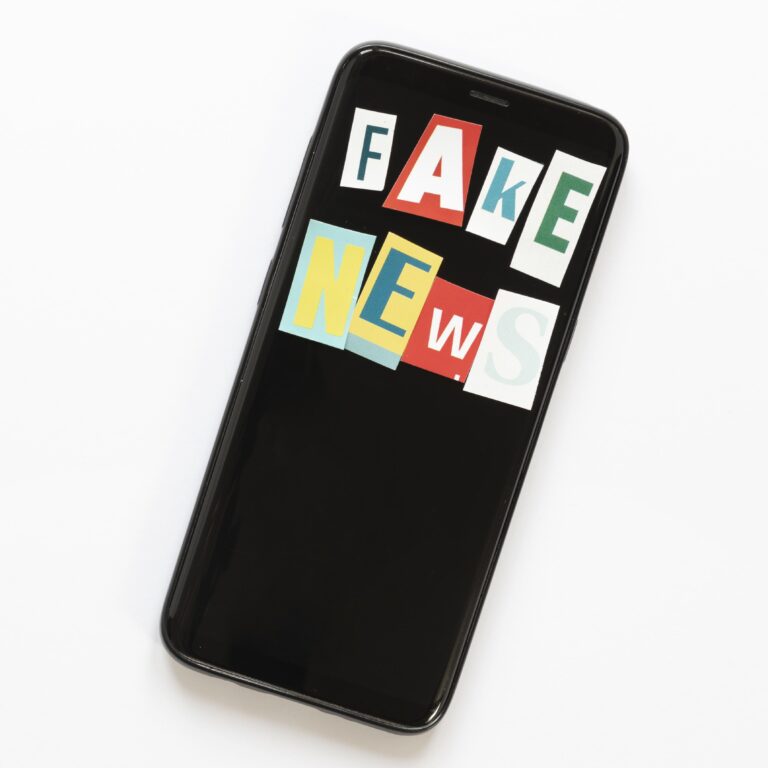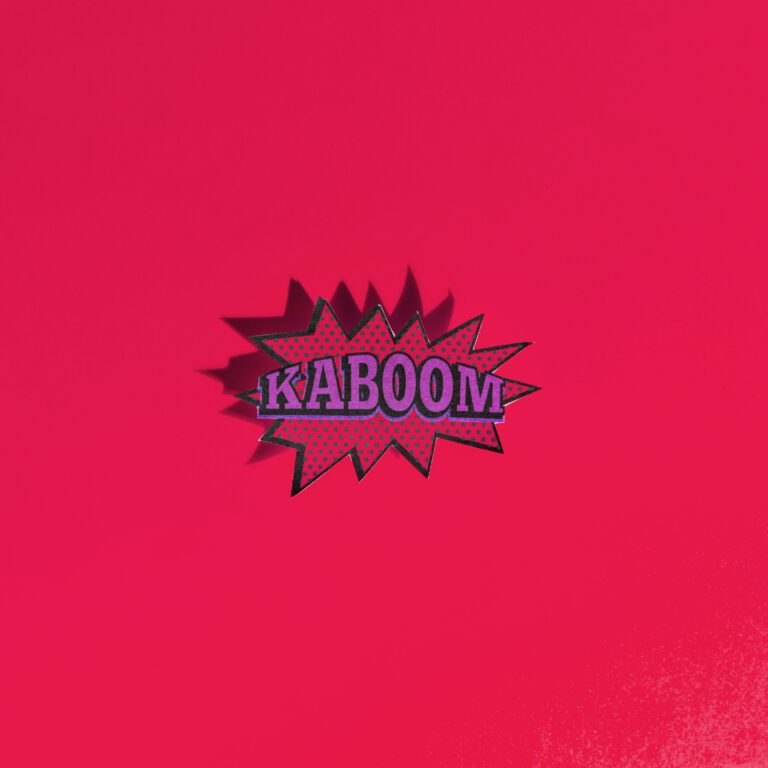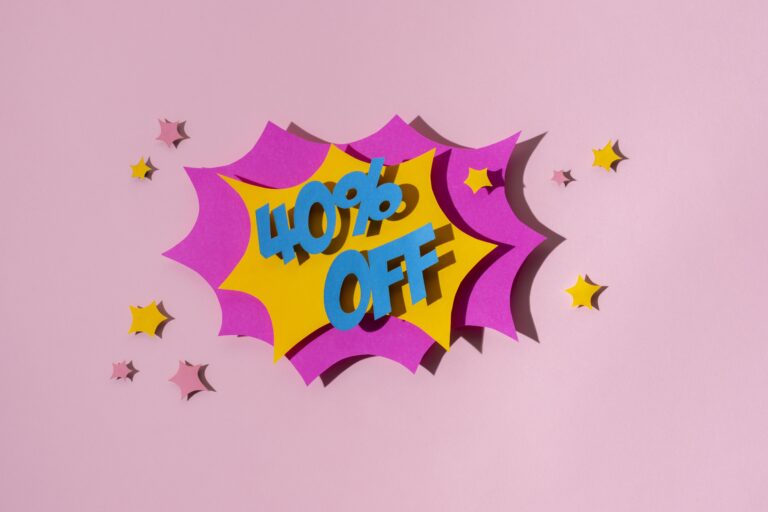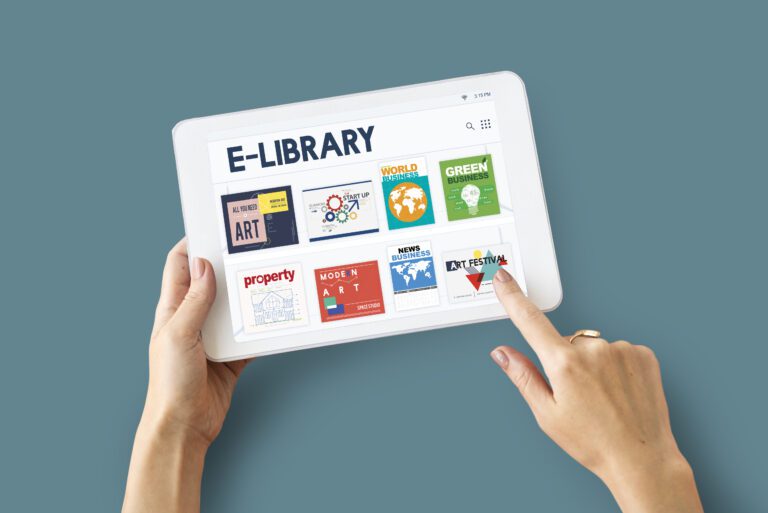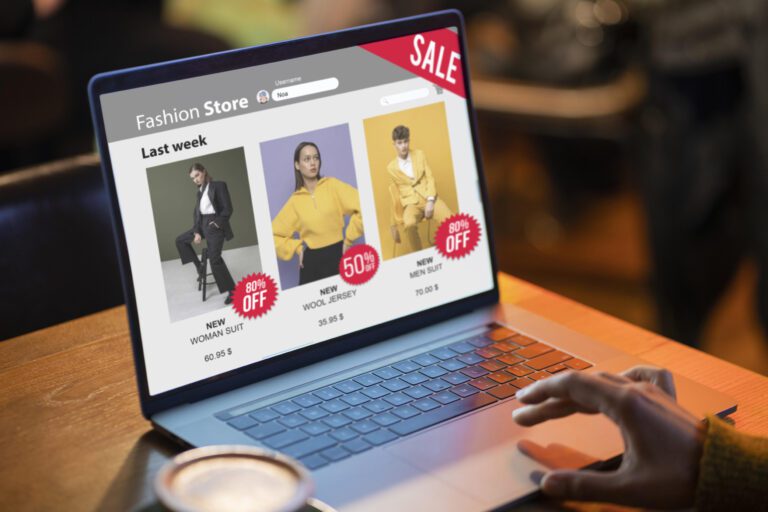Content Upgrade Popup: Offering Bonus Material Through Popups

I hope you enjoy this blog post. If you want Hello Bar to grow your leads, click here.
Author:
Mansi
Published
June 10, 2025

Table of Contents
You’ve got content on your site. A blog post. A guide. Maybe a checklist. You want more leads. Or more email subscribers. But the usual newsletter popup isn’t cutting it.
Here’s where content upgrade popups come in.
It’s simple. Instead of offering a generic freebie, you offer something that directly relates to the page the visitor is already on. Not random. Not broad. Just a natural next step.
Let’s walk through what that actually looks like, and why it works.
First, what the hell is a content upgrade?
You’re reading a blog post titled “How to Set Up Facebook Ads.”
Halfway through, a small popup shows up:
“Want our exact checklist for launching ads in under 30 minutes? Grab it here.”
That’s a content upgrade popup.
It’s not asking you to sign up for a newsletter you don’t care about. It’s offering something directly related to the thing you’re already reading. That’s why it works.
It doesn’t feel like a popup. It feels like help.
That’s the key.
Why most popups don’t work
Let’s be honest: most popups are annoying.
They interrupt. They offer nothing new. And they ask too much too soon.
“Subscribe to our newsletter!”
No thanks. I don’t even know if your stuff is good.
“Get 10% off your first purchase!”
Cool, but I’m not even shopping yet.
The problem isn’t the popup itself. It’s what the popup is offering. People don’t mind popups when they’re useful. That’s where content upgrade popups flip the script.
You’re not asking for attention. You’re earning it.
How to actually use content upgrade popups
Let’s break this down into something usable. No theory. Just what to do.
1. Start with your top-performing content
You don’t need to start from scratch. Look at your analytics. Find your blog posts or pages that get traffic. Start there.
Let’s say your top blog is “5 Ways to Improve Email Open Rates.”
Ask yourself:
What’s one bonus thing I could give someone reading this post?
Could be:
- A downloadable subject line swipe file
- A cheat sheet of “power words” for emails
- A short checklist of things to check before sending
That’s your upgrade.
Now, create a content upgrade popup offering it. Simple headline. One field (email). Make it show up halfway down the post or after 20 seconds.
Don’t overthink it.
Also read our blog on 13 Content Upgrade Ideas to Turn Blog Post Readers into Leads
2. Match the popup with the page
This is non-negotiable.
If your blog is about Instagram growth, don’t offer a PDF on general social media marketing.
If your post is about onboarding emails, don’t offer a full ebook on lifecycle marketing.
Keep it tight.
The whole point of content upgrade popups is specificity. The more the popup feels like a bonus to the post, the better it performs.
General offers = ignored. Specific offers = clicks.
3. Keep the form dead simple
Don’t ask for:
- First name
- Last name
- Company
- Role
- Phone number
You’re not doing B2B lead scoring here. You’re offering help. Ask for an email. That’s it.
The fewer fields, the better your popup works.
Also, keep the copy on the popup casual. Write it like a human. Not like a template.
Bad:
“Subscribe to receive our free content upgrade and stay informed.”
Better:
“Want the bonus checklist? Drop your email and I’ll send it over.”
Talk like that. Like you’re one person talking to one person. That’s how content upgrade popups feel useful, not intrusive.
4. Make the upgrade worth it
Don’t bait and switch.
If you promise a checklist, don’t send a PDF that just repeats your blog post.
Make the upgrade genuinely helpful. Add value, not volume.
If your blog is already solid, the upgrade doesn’t have to be long. It just needs to be something someone can use. Right now. Without reading a book.
Real examples that work:
- Templates
- Swipe files
- Short videos
- Private Notion boards
- Fill-in-the-blank worksheets
Just make sure it saves the reader time or helps them do the thing faster. That’s the bar.
The tech side (keep it light)
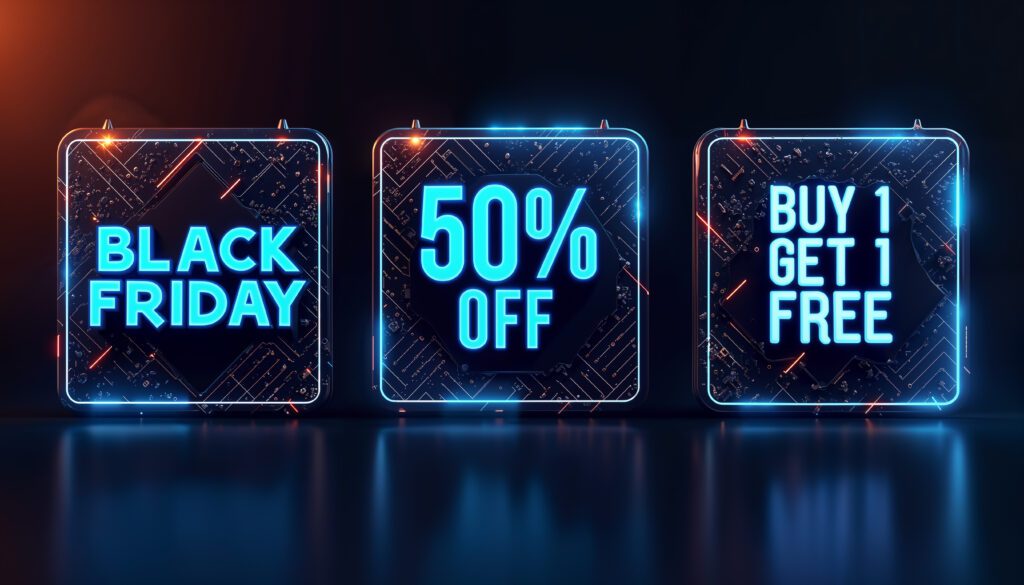
You don’t need fancy tools.
Any decent popup tool will let you trigger popups by page or scroll depth. Some tools even offer built-in “content upgrade” widgets.
A few options:
- ConvertBox
- Poptin
- OptinMonster
- ConvertFlow
- Sumo (for basic use)
Most of them let you show the popup:
- After X seconds
- After scrolling X% down the page
- When someone tries to leave
Start with scroll-based. That’s the most natural for content upgrade popups.
And if you’re technical, you can build your own popup with just a bit of JavaScript + CSS. But don’t waste hours on this if you’re just starting out. The idea matters more than the tech.
How often to use them?
Not every blog post needs one. Only the ones that already get attention.
Go for:
- Pages with high traffic
- Blog posts with high time on page
- Evergreen how-to content
- Product use cases
You don’t need 100 popups. You need 3 that work.
Start with one. Watch what happens. If people are downloading, double down.
If nobody’s biting, rethink the offer. The popup isn’t the problem, the bonus might be.
What happens after someone opts in?
Here’s where most businesses drop the ball.
Someone gives you their email for a content upgrade. They get the freebie. And then… nothing.
No follow-up. No next step. Just a dead-end.
Don’t do that.
The whole point of content upgrade popups is to move the relationship forward.
Here’s a simple flow:
- Someone enters email → gets bonus instantly
- You send a follow-up email a day later:
“Hey, hope the checklist helped. Let me know if you need anything else.” - A few days later, send another email that builds on the same topic
Keep the thread alive. If your upgrade was about improving email open rates, your next email might be about writing better preheaders. Or sending at the right time.
Keep it in the same lane.
You’re not selling. You’re staying useful.
That’s how you turn a content upgrade popup into an actual relationship.
Real example: What this looks like in the wild
Let’s say you run a small SaaS tool that helps people schedule social media posts.
You’ve got a blog post called:
“Best Times to Post on Instagram (2025 Update)”
It’s doing well. You want more emails from that traffic.
Here’s the plan:
- Create a PDF that’s just a clean table of best posting times for each platform, updated monthly. Maybe even a Google Sheet version.
- Create a content upgrade popup with this offer:
“Want the latest cheat sheet with best posting times across all platforms? Get it here.” - Trigger it after 40% scroll.
- Ask only for an email.
- Send the sheet immediately.
- A few days later, follow up with a short email:
“Hey, wanted to share a quick calendar template for planning posts. Want it?”
That’s it.
You gave value. You kept the topic tight. You didn’t try to oversell.
And now they’re in your world, for the right reason.
Don’t confuse a content upgrade with a lead magnet
They’re not the same.
Lead magnets are broad offers. Think ebooks, webinars, free trials. Usually shown on the homepage or landing pages.
content upgrade popups are specific. They show up when someone is already engaged. You’re offering something that fits right into what they’re doing.
That difference matters.
Lead magnets try to pull people in.
Content upgrades meet people where they already are.
If you’re running a blog-heavy site or doing content marketing, upgrades are often more effective. Lower friction. Higher intent.
A few tips that matter
- Don’t show the popup too early.
Wait until someone has actually read a bit. 20–30 seconds minimum or 30–40% scroll is a good rule of thumb. - Make it skippable.
Always include a close button. Don’t trap people. - Don’t get clever with CTAs.
“Get the checklist” is better than “Supercharge your marketing journey.” - Test mobile separately.
Popups can be brutal on mobile if they cover too much. Make sure it’s usable. - Track actual downloads.
Don’t just track form submissions. Track who clicks to download the bonus too. That tells you if the upgrade was valuable or just clickbait.
So, are content upgrade popups worth it?
Yes. But only if they’re done right.
They aren’t magic. They won’t fix bad content. And they won’t work if your upgrade is just fluff.
But if your site has decent content, and you actually give people something helpful, content upgrade popups are one of the lowest-effort, highest-return things you can add.
They don’t need a redesign. Or a dev team. Or a campaign.
They just need you to be specific and helpful.

